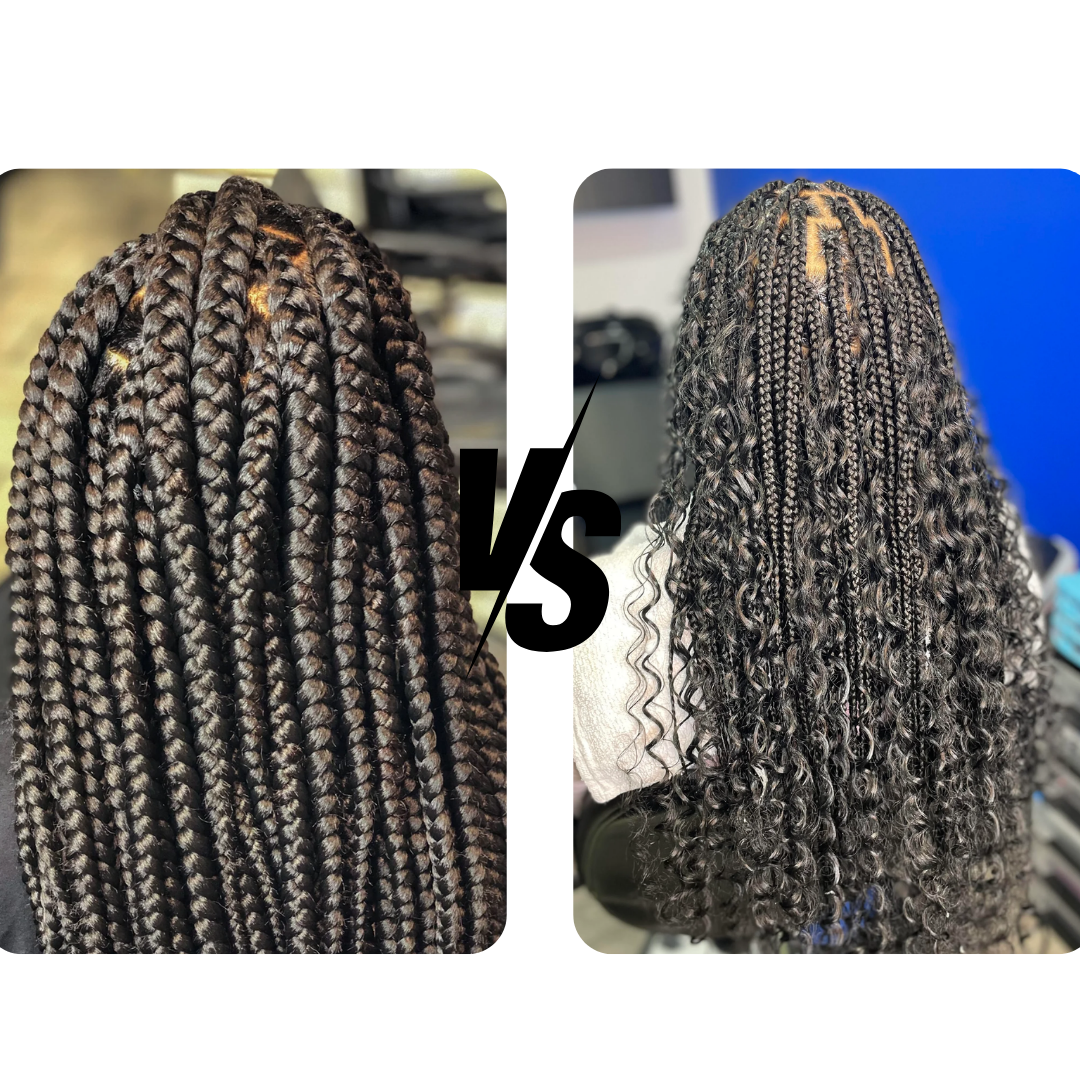HAIR DYE USE AND IT’S RISKS
Hair dye is the process of coloring your hair from its natural color to other preferred colors.
Hair coloring products contain many ingredients that can irritate the skin and cause allergic reactions.
Did you know that there is a difference between Sensitivity and an Allergy?
SENSITIVITY may cause contact dermatitis symptoms, such as burning and stinging or red, dry skin. However, if you are ALLERGIC to hair dye, your symptoms can range from mild to severe. Symptoms may occur immediately or take up to 48 hours to manifest.
Hair dye allergy symptoms include:
- stinging or burning sensation on the scalp, face, or neck
- blisters or welts
- itching or swelling of the scalp and face
- swollen eyelids, lips, hands, or feet
- an angry, red rash anywhere on the body
Occasionally, a hair dye allergy can cause anaphylaxis to occur. This rare reaction is a medical emergency and can be fatal. Symptoms of anaphylaxis may include:
- skin reactions such as stinging, burning, swelling, and rashes
- swelling of the throat and tongue
- trouble breathing
- fainting
- nausea
- vomiting
Hair dye ingredients that commonly cause reactions
Hair dyes containing the most PPD (Para-phenylenediamine) are the most likely to cause allergic reactions. Hair dye brand names can be deceiving, since some include words like “natural” or “herbal” on their boxes.
The only way to know what’s really inside is to read the ingredients label. Common terms to look out for include:
Phenylenediamine, paraphenylenediamine, PPD, PPDA, p-diaminobenzene, p-phenylenediamine, 4-phenylenediamine, 4-aminoaniline, 1,4-diaminobenzene ,4-benzenediamine
Black and dark brown dye colors may contain the greatest concentration of PPD. You should avoid them if you’re sensitive or allergic to PPD.
PPD is not the only chemical that can cause allergic reactions. Some people also get contact allergic dermatitis or other symptoms from ingredients such as ammonia, resorcinol, and peroxide.
If you however want to avoid the widest range of allergens, one of the most natural types of hair dye to use is Henna. Make sure that you use only pure henna as others often have PPD added.
Other choices can include indigo and vegetable-based dyes and semi-permanent dyes that have been certified by an independent laboratory to be free of chemical additives.
Prevention
You can become allergic to a product or substance at any time, even if you’ve used it before. That’s why it’s important to do a patch test prior to using hair dye, even if it’s a tried-and-true brand.
If you have an allergic reaction to hair dye, even mildly, stop using the product completely. You may have a more severe reaction with added use as your system becomes sensitized to the chemical.
If you use black temporary tattoos, you may be exposed to additional amounts of PPD. This can also sensitize your system, making you more vulnerable to an allergic reaction to hair dye.
People who are sensitive to PPD may also be allergic to other substances. These include anesthetics, such as benzocaine and procaine. Make sure to inform your doctor, dentist, and anyone who works on your hair about any allergies you have or suspect you have.
Treating an allergic reaction from hair dye
There are a number of methods you can try to treat your symptoms at home. Try one of these options:
- If you have an immediate, mild reaction to the dye, rinse it off immediately and thoroughly with warm water and mild soap or mild shampoo.
- Apply a solution of potassium permanganate to the affected area. This can help fully oxidize PPD. PPD only causes allergic reactions when it’s in a partially oxidized state.
- Treat contact dermatitis symptoms, such as skin rash or itching, with an over-the-counter, topical corticosteroid skin cream. These can be used on the face, neck, and other parts of the body, but should not be used near or in the eyes or mouth.
- Use shampoos containing topical corticosteroids, such as Clobex, on your scalp.
- Apply hydrogen peroxide. It’s a mild antiseptic and may help calm the skin and reduce irritation and blistering.
- Take an oral antihistamine, such as benadryl, to help reduce skin inflammation and itching.
If your symptoms don’t improve, or if they get worse or cause you distress that interferes with your ability to function, call your doctor immediately.
You may be able to get relief from prescription-strength corticosteroids. These are available in many forms, including creams, lotions, eye drops, ear drops, and pills.
For more professional maintenance, coloring and revamping of your wigs and weaves, kindly walk into our salon at our flagship store at shop G11, Landmark Boulevard, Water Corporation Drive. Lagos.
Or
place a call to 0909 810 1010 to book an appointment.
10x10 Love







